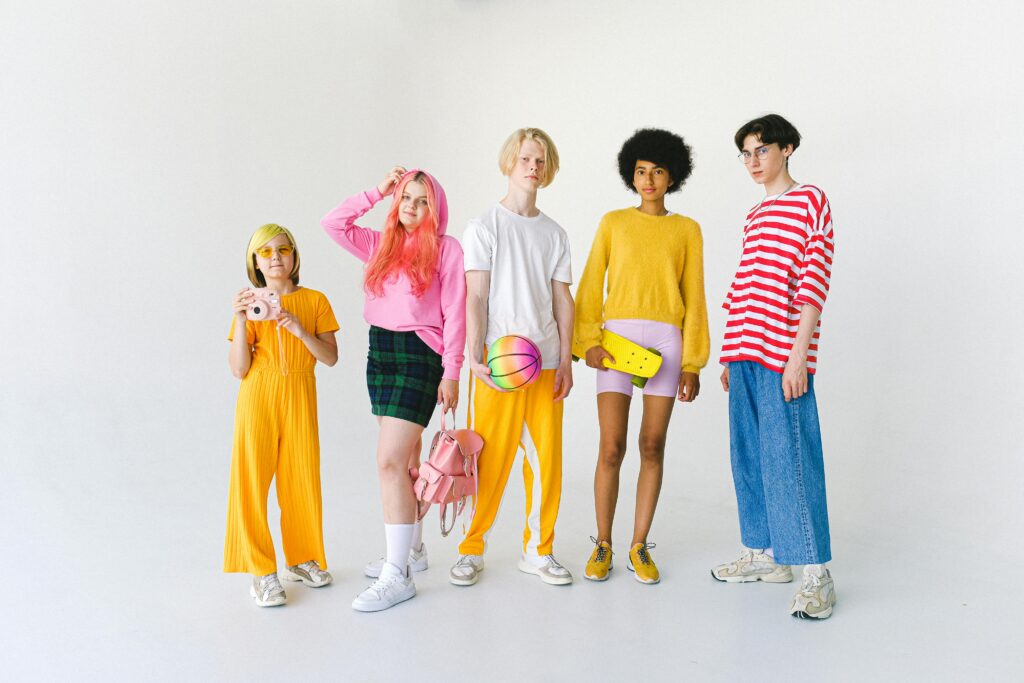
The Role of Social Media Platforms
Social media platforms like Instagram, TikTok, and YouTube have revolutionized influencer marketing, particularly in the United States. These platforms have democratized fame, giving rise to influencers who might never have gotten the opportunity in traditional media. Platforms like TikTok, with its short-form video content, allow creators to quickly rise to stardom within specific subcultures.
For example, TikTok has nurtured influencers in niches like “BookTok” (a community of book lovers) and “Cottagecore” (a rural, nature-focused aesthetic), creating a unique opportunity for brands to tap into those specific subcultures. Brands like Book of the Month and Glossier have leveraged these niche subcultures to target younger, more engaged audiences.
Case Studies: Brands Harnessing Influencer Subculture
1. Nike’s Collaboration with Black Creatives
Nike has long understood the power of niche subcultures. In 2020, they collaborated with Black creatives and influencers to launch campaigns celebrating Black culture. By tapping into this niche, Nike was able to build a strong connection with the community while promoting diversity in the process.
2. HelloFresh and Foodie Influencers
HelloFresh, the meal kit delivery service, has effectively used influencer marketing in the food niche, partnering with food bloggers and culinary influencers to reach customers passionate about home cooking. These influencers’ authentic content—often showing the step-by-step process of cooking HelloFresh meals—has generated strong brand loyalty and customer conversion.
3. Peloton and Fitness Communities
Peloton is another brand that has thrived by embracing niche subcultures. By tapping into specific fitness subcultures—whether it’s cycling enthusiasts, yoga practitioners, or those following healthy living trends—Peloton has become a household name in fitness. Their partnerships with fitness influencers on Instagram and YouTube, especially those who share their workouts, have helped drive their success.
Also Read : Can AI Build Trust with Consumers in Marketing?
How to Leverage Influencer Subculture for Your Brand
1. Identify Your Niche
The first step to tapping into the influencer subculture is identifying your niche. Who is your ideal customer? What subcultures do they belong to? Whether it’s pet lovers, sneakerheads, or vegans, narrowing down your audience is key to success.
2. Partner with Micro-Influencers
Find influencers within your chosen subculture who have smaller but highly engaged audiences. This will ensure that your marketing is not only authentic but also highly targeted.
3. Focus on Long-Term Relationships
Instead of working with influencers for a one-off campaign, build long-term relationships. Influencers who genuinely love your product will have a lasting impact on their audience.
4. Measure and Adjust
Finally, make sure you’re measuring the success of your campaigns. Use analytics tools to track engagement, conversions, and ROI to adjust your strategies as needed.
Conclusion: The Future of Influencer Subculture
The rise of influencer subculture is not just a passing trend—it’s the future of marketing. As consumers become more discerning and crave authenticity, niche influencers will continue to hold sway. Brands that learn how to navigate this evolving landscape and connect with the right subcultures will set themselves up for long-term success.
By understanding the value of authenticity, trust, and community engagement, brands can stay ahead of the curve and thrive in the age of influencer subculture.


